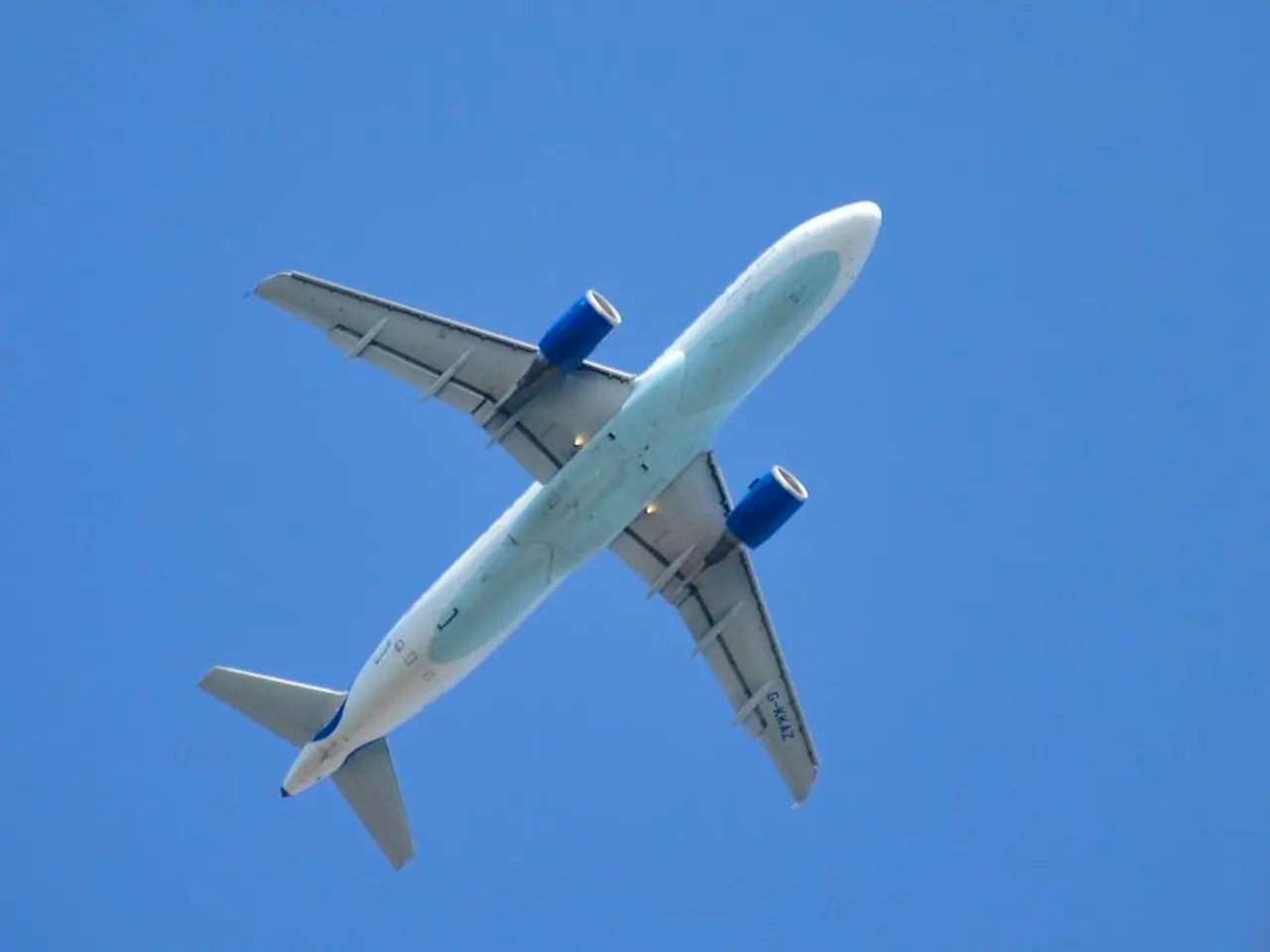Alien Craft Maneuvers: Breaking Down the Mysteries of UAP using Hypersonic Speeds or Plasma Forces
In recent years, there has been a growing interest in Unidentified Anomalous Phenomena (UAP), strange and unexplained aerial events that defy conventional understanding. These mysterious occurrences, often reported by military personnel and civilians alike, have left scientists, researchers, and the general public intrigued and eager to unravel the secrets behind them.
One of the most intriguing aspects of UAPs is their reported maneuvers, which defy known limits of conventional physics and aerospace engineering. These maneuvers include sudden acceleration, right-angle turns, hovering, and even transmedium travel—moving effortlessly between air and ocean with no visible splash or resistance.
Current theories and experimental approaches regarding propulsion technologies that might explain these phenomena focus primarily on speculative physics beyond mainstream understanding. One such theory is the Extraterrestrial Hypothesis (ETH), which proposes that UAPs are advanced spacecraft from intelligent non-human civilizations. The reported extreme maneuverability and performance of UAPs suggest propulsion technologies far beyond current human reach, possibly involving physics not yet understood.
However, the lack of physical evidence and the vast interstellar distances challenge the plausibility of the ETH. Other theories focus on exotic propulsion concepts, such as Electrostatic Levitation, Unified Field Theories, Inertial Propulsion, and Quantum Effects. These theories aim to explain UAP maneuvers through field manipulation, inertial control, and insights from quantum physics.
One example of an exotic propulsion concept is the idea of Gravitational Shielding, where gravity itself is redirected or canceled. Another hypothesis is the use of Inertia Dampening Fields and local space-time manipulation to isolate or nullify an object's inertia. Plasma-based theories also suggest that electromagnetic or plasma fields might be responsible for observed UAP behavior.
Despite the speculative nature of these theories, there are ongoing efforts to gather more sensor data and physical evidence to understand the flight characteristics of UAPs. Organizations like the All-domain Anomaly Resolution Office (AARO) and private companies such as Skywatcher are using military-grade equipment combined with AI to detect, track, and classify UAPs more precisely.
NASA and government initiatives are also focused on collecting high-quality, multi-sensor, calibrated data with rigorous scientific standards. They advocate leveraging Earth-observing satellites, commercial satellite data, machine learning, and standardizing public and pilot reports to build a comprehensive UAP database for analysis.
Specialized conferences and research groups also present advances in electrostatic levitation and unified physics models related to propulsion. Researchers explore novel theoretical and experimental physics approaches to explain UAP mechanics and possibly develop new propulsion technologies inspired by observed phenomena.
One hypothesis for UAPs is that they may represent classified aerospace programs or foreign adversary platforms, possibly decades ahead of current commercial technology. UAPs are often described as completely silent, with no rotor wash, afterburner glow, or heat signatures detectable even on infrared sensors, suggesting propulsion methods unlike anything currently fielded by known aerospace industries.
The 2004 USS Nimitz encounter and the FLIR1 UAP video have drawn attention for displaying such features across multiple sensor systems. As we continue to gather more data and evidence, we may come closer to understanding the true nature of these enigmatic phenomena.
In summary, while no consensus or confirmed propulsion technology exists that fully explains UAP maneuvers, current approaches combine speculative advanced physics hypotheses with systematic high-fidelity data acquisition and AI-driven analysis to scientifically investigate these phenomena. The mystery of UAPs remains a fascinating and challenging frontier for scientific exploration.
- The growing interest in Unidentified Anomalous Phenomena (UAP) has led to a focus on space technology, as researchers explore exotic propulsion concepts such as Electrostatic Levitation, Unified Field Theories, Inertial Propulsion, and Quantum Effects, aiming to explain UAP maneuvers through field manipulation, inertial control, and insights from quantum physics.
- In addition to speculative theories, the space economy is also involved in the exploration of UAPs, with organizations like the All-domain Anomaly Resolution Office (AARO) and private companies using military-grade equipment and AI to detect, track, and classify UAPs more precisely.
- As the study of UAPs continues, the science of space-and-astronomy could potentially witness a breakthrough, as theories about Gravitational Shielding, Inertia Dampening Fields, and plasma-based propulsion might offer explanations for UAP behavior, and, in turn, lead to new advancements in space technology.




